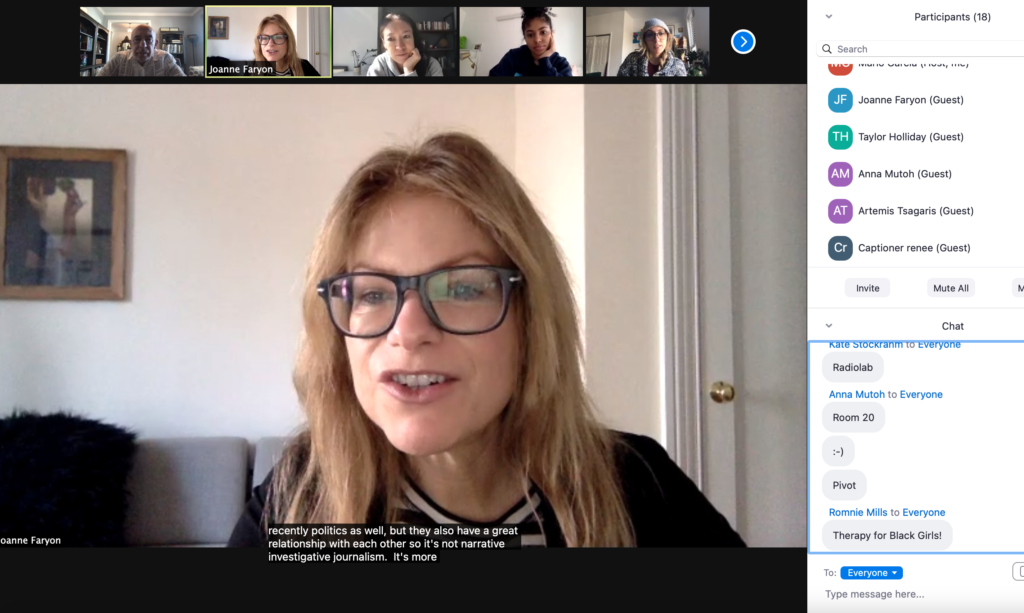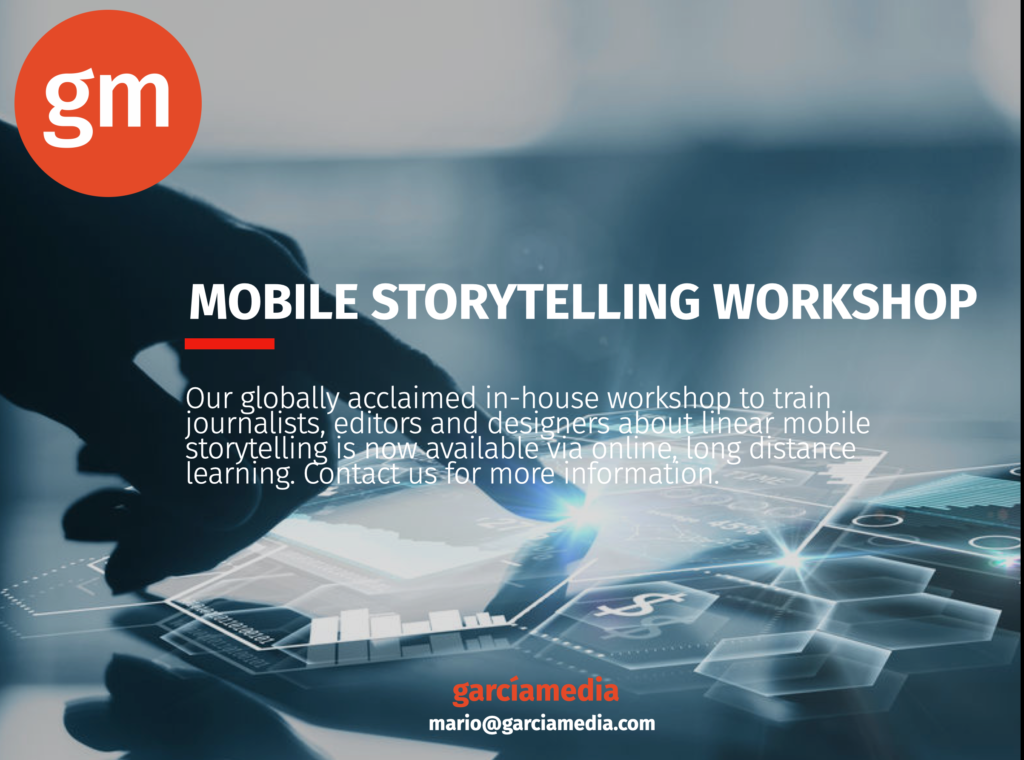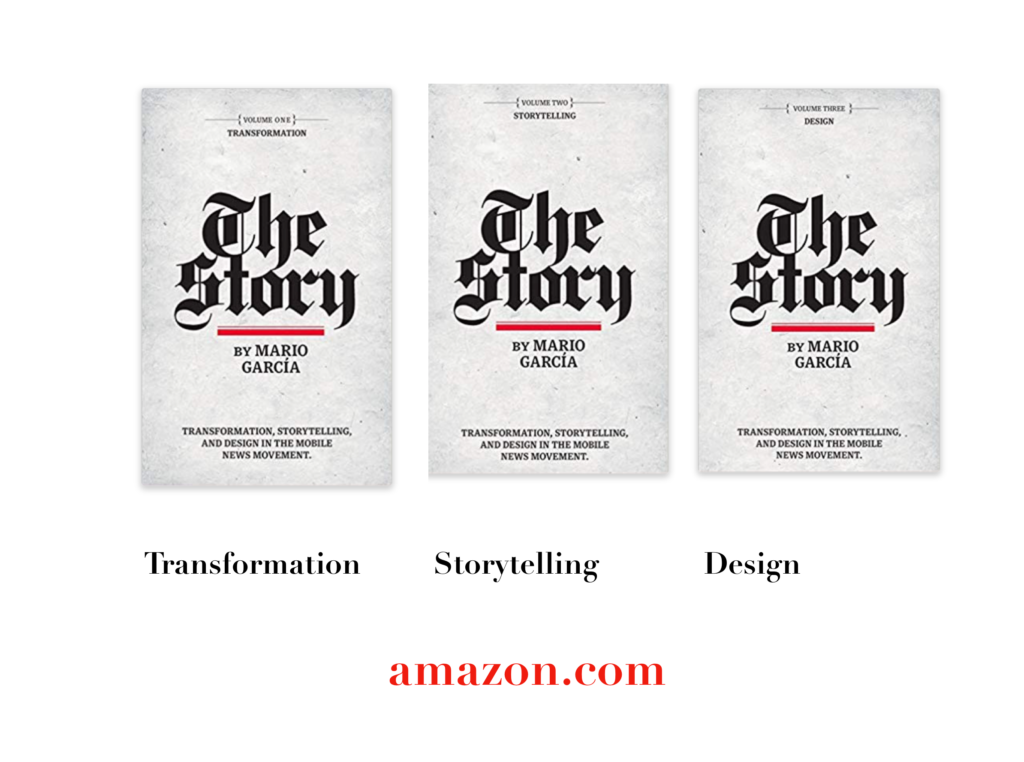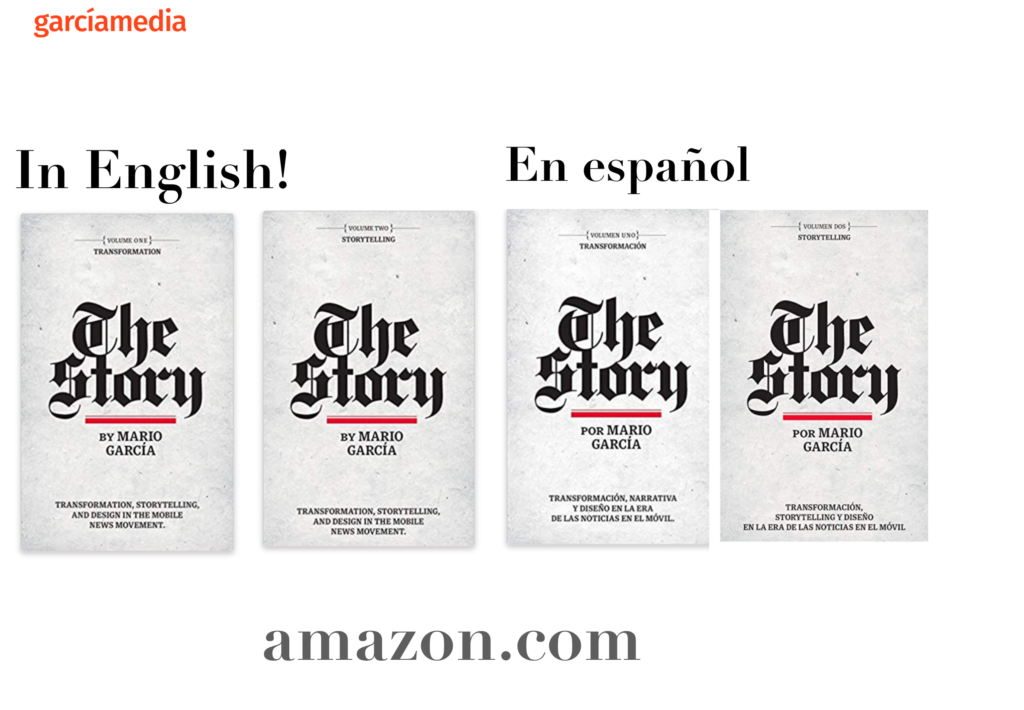With podcasts proliferating to the point that there are about 1.8 million podcasts out there, with a total of 43 million episodes, it is important that we include “writing for the ear’ as one of the important issues to cover in our journalism classes.
It’s become a ritual to have Joanne speak to my Multiplatform Design & Storytelling class each semester. She brings valuable information to the students and a wealth of experience. We can see Joanne addressing the students via ZOOM below:

Highlights of Prof. Faryon’s talk:
About Podcasts and Writing for the Ear”
- “A podcast is radio without the clock.”
- ‘Podcasts will force radio stations to change.”
- “Podcasts continue to grow in popularity with about 1.8 million shares and 43 million episodes in existence today.”
- “For journalists, the recorder on their iPhone is a very good tool that can be used effectively.”
- “When you write for the ear, the emphasis is on descriptive writing. Attribution comes early and you write in the present tense, the way we talk.”
- “In terms of storytelling, audio offers proof.”
Why is audio use not as prevalent as it should be?
This was a question that I had for Joanne and that we discussed briefly. My hypothesis, based on my own experience mobile storytelling workshops, is that audio is not the first thing that editors think about when they conceptualize mobile stories.
They usually think video before they think audio.
I asked the class to offer their input and some of the students feel that the presence of audio requires that they prepare to listen, and that sometimes, if they are reading during a train or bus commute, they may not be ready to put their ear plugs on and listen.
While that may be true, I think the reason why we do not see more audio in mobile stories is also that for some reporters and editors, an audio clip may derail the reader from continuing to read the story. However, they do not tend to think the same about video clips, some of which appear without audio and/or with subtitles.
I believe that audio can be a considerable asset to have in mobile stories, enhancing the storytelling and providing, as Joanne says, “proof” of important elements in a story.
This is a discussion that I hope to continue. Your thoughts?
Our mobile storytelling workshops now available remotely

Professors: get your review version of The Story on time for fall classes
As an academic, I know the importance of having the right tools to advance our students, especially on the important subject of mobile storytelling. Please drop me an email if you would like to sample The Story in its digital edition: mario@garciamedia.com
Start writing or type / to choose a block


The full trilogy of The Story now available–3 books to guide you through a mobile first strategy. Whether you’re a reporter, editor, designer, publisher, corporate communicator, The Story is for you! https://amazon
TheMarioBlog post # 3299